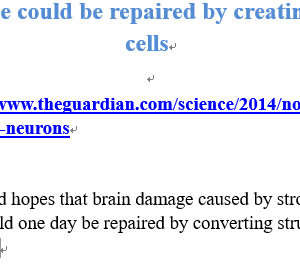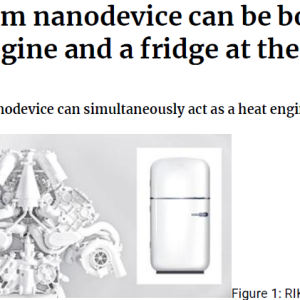
THE DAMPING CHARACTERISTICS OF CERTAIN STEELS, CAST IRONS AND OTHER METALS
₩4,000
The specific damping capacity of a wide range of engineering metals has been determined
at direct cyclic stresses up to the fatigue limit. A recently developed damping apparatus
was used in which the specimen vibrated in its fundamental free-free longitudinal mode,
driven by a magnetostrictive vibrator. The energy dissipation was determined from the
rate of rise of temperature at different sections of the specimen.
Below the cyclic stress sensitivity limit, ur,, the damping of ferromagnetic materials was
principally due to the magnetomechanical effect, i.e. the stress-induced movement of domain
boundaries. The magnetomechanical damping mechanism is non-damaging and usually
causes a peak in the damping-stress relationship.
Suppressing the magnetomechanical effect by applying a saturating magnetic field showed
that the damping of plain carbon steels was virtually independent of stress provided uL
was not exceeded. Above this stress, the damping increased rapidly owing to microplastic
strain and was a function of stress history. Re-testing at lower amplitudes showed that the
effective value of cL was considerably less than that for virgin material. Ageing at room
temperature allowed some recovery.
A specific damping capacity of 26% was recorded for Sonoston, a commercial highdamping
manganese/copper alloy. This was exceeded only by a coarse flake graphite cast
iron and annealed nickel (magnetomechanical). The damping of cast irons is due to the shape
of the graphite inclusions rather than to the quantity of free graphite in the steel matrix.
The aluminium and copper alloys gave the lowest values of damping, but all were
markedly stress-dependent except Duralumin. Brasses with a small free lead content had
considerably higher damping than otherwise identical but lead-free materials.





상품평
아직 상품평이 없습니다.